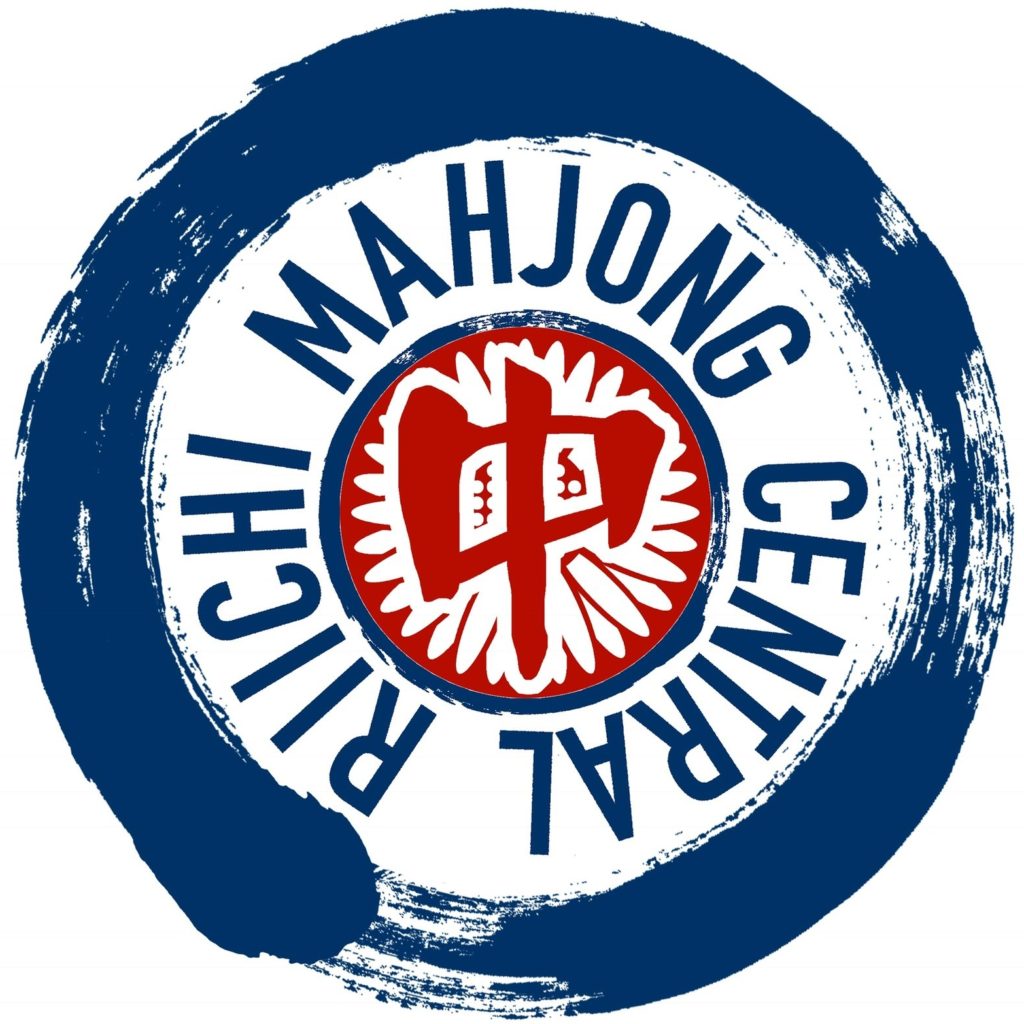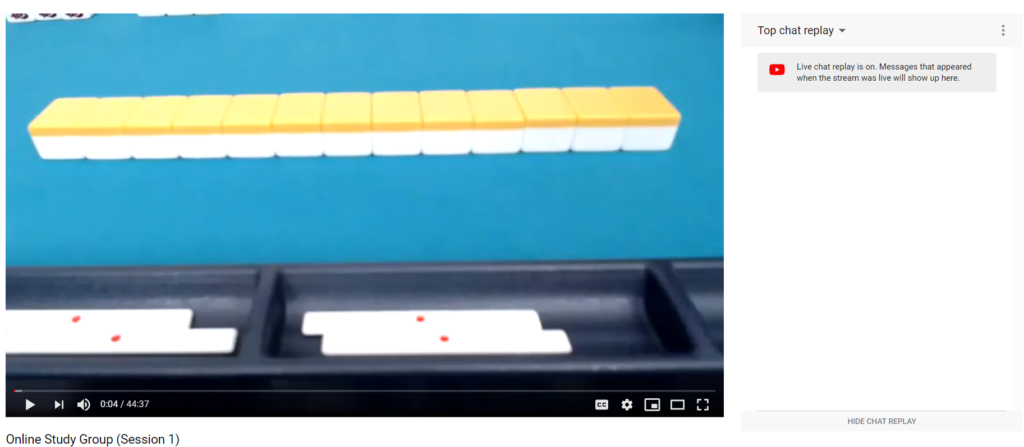RMC’s First Study Group Session
There Is Merit, But It Needs Work.

Much like the opening chapters of the book used as the basis for the Riichi Mahjong Central Study Group, the first session was an introduction. Which, frankly, was a little disappointing. But I didn’t hate it.
I must first recognize that this is a basically a beta run of a new project. If you have ever attempted to organize anything new for public consumption, you know there are going to be things that need to change after you have made the transition from paper to proof of concept. I do have some critiques though.
No changes made to the expected format since we first brought up the study group, so as expected I was linked to a YouTube live feed with chat where presumably we would ask questions of the host, Kenji.
This already brings me to critique number one: focus and lighting. If production value is anywhere near the top of your list of priorities, please don’t ask me to stare at a fuzzy and washed out view. This sounds like a nit-pick, but I have to tell you for the majority of this episode I was staring at a static scene, except when the host used the tiles to demonstrate a concept from the text which, as you’ll find in a moment, wasn’t often during this first session.

After beginning the session and talking (from off camera) about the background and purpose of the study group, Kenji started into the body of the book, Kagaku Suru Maajan (科学する麻雀) written by Totsugeki Touhoku (とつげき東北). The title roughly translates to “Mahjong Through Science”. to summarize, the book attempts to examine some of the commonly held ideas regarding good decision making in riichi mahjong and compare them to statistical data which will either debunk the idea as a superstition or platitude, or support the theory as statistical fact. It’s a little unclear where the comparative data is sourced from though—something that was brought up in discussion and we are hoping to seek some clarification on from the author. However, this isn’t a review of the book.
I recognize this is a live trial of a new presentation; I applaud RMC for the resources and effort put into it, and it is well worth your support.
Kenji began relating the thoughts presented in the first two chapters a preface and an introduction to the tone of the book. As a reader I might appreciate and take my time with the context provided in these chapters, but I don’t think it translates quite as hoped to a live presentation.
This is critique number two. While both chapters are useful as context for what is to come after, this is all that the study group managed for the day. As a student in this study group I learned nothing of practical value. In retrospect I feel that the first couple of chapters could have been summarized instead of covered quite so thoroughly leaving time to present some portion of information that lets me walk away from the session feeling that I learned at least one useful concept. Kenji did demonstrate some basic suji patterns (one of the few times the view on camera got more interesting) and at least touched on their application which he felt was important to understand in context. But these were things I already knew and didn’t directly promote the “science” promised by the book. Not yet anyway.
There has been some mention of changing how the host might take questions from live viewers. This includes changing chat platforms to using voice chat. My personal response to voice chat is simply “don’t”. This is a presentation, not an open dialogue or debate, which is what the discussion will devolve into at some time or another if you give every member of the audience an open microphone. During this session there were only six viewers. Given some growth in popularity you can have many more “attendees” in the future, each with their own varied opinion and desire to be heard.
Changing text platforms brings the question of global accessibility. While something like Discord is easy to set up and use, not everyone does. By sticking with YouTube’s on-board chat (assuming YouTube remains the platform of choice) you are already assured that any viewers have access to it (you simply need to give YouTube permissions) but it also keeps the discussion pegged directly to the video instead of existing on a separate application.
The comparative benefit of text over voice is that the host has control over the pace of the presentation. Questions can be posed, but the host isn’t under the pressure to interrupt their presentation mid-flow to answer it—they question can be addressed after they have finished the current thought.
As previously stated, I recognize this is a live trial of a new presentation; I applaud Kenji for the resources and effort put into it, and it is well worth your support. RMC has been open to receiving and responding to feedback in a positive manner. Kenji is still still finding his voice as a teacher, which will come with time and practice. I expect he’ll gradually get a more concise with his words and, with some judicious editing after the live feed, we’ll have a growing resource of videos that brings something to the Western audience that we have longed for—a window into the wealth of ideas on riichi mahjong that have remained inaccessible unless you were a student of the Japanese language.
